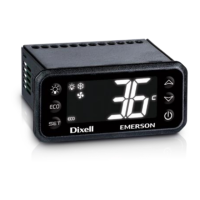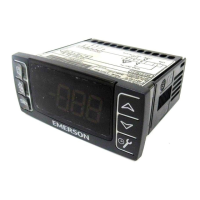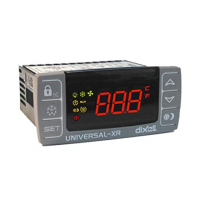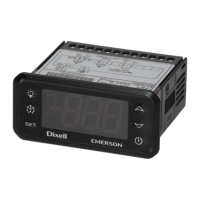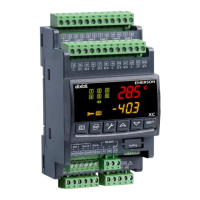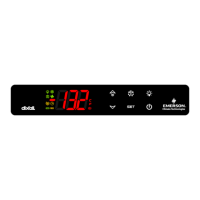User Manual Appendix G
GFK-1742F Jan 2020
Strobe Accuracy Calculations 463
Figure 219: Example axis position capture error due to acceleration
Since the initial velocity is equal to 0, the formula for calculating P
act
can be manipulated to
determine the time that the count actually occurred at (T
act
) as follows:
Likewise, the formula for estimating the strobe position (P
est
) can be solved for time (T
est
) as
well (assuming that the initial velocity is 0):
Test = Pest / Vavg
Using these formulas, the difference in time between when the strobe occurred and when
the reported count occurred (i.e. the effective delay) can be calculated as follows:
Effective Delay = T
est
- T
act
The effective delay for the maximum strobe position error (i.e. at 125 microseconds) is equal
to -62.5 microsecond. This value is negative because the estimated/reported strobe
position occurred prior to the actual position when the strobe event happened. The
following graph represents the effective delay that would be seen across the change in
position for the sampling period in this example.

